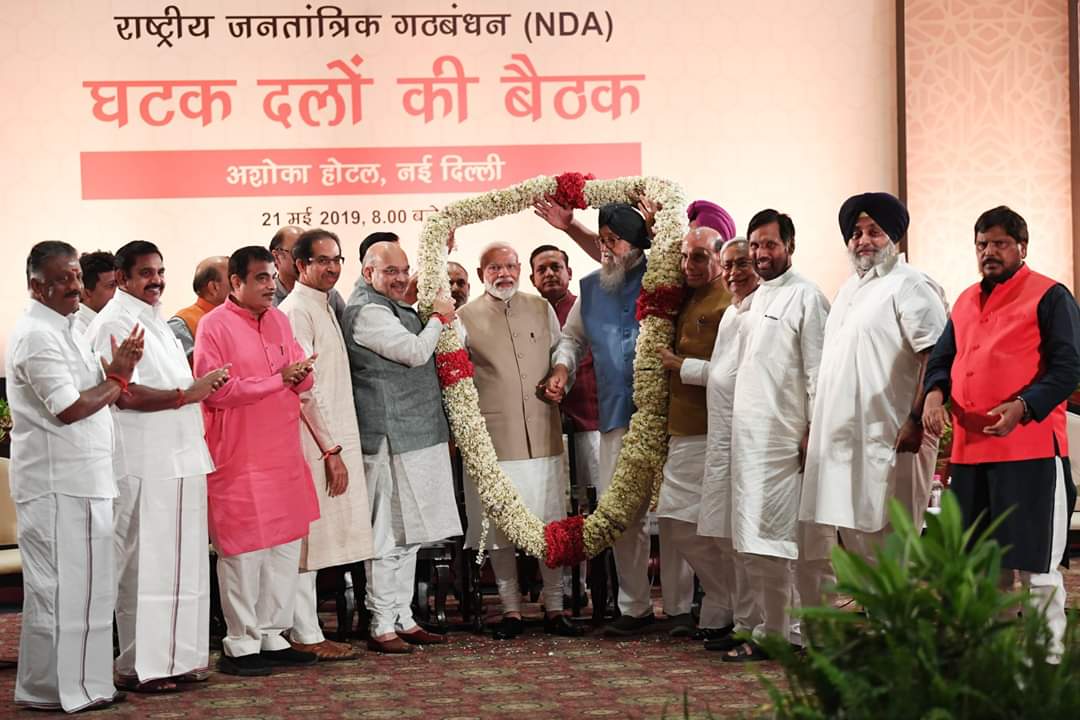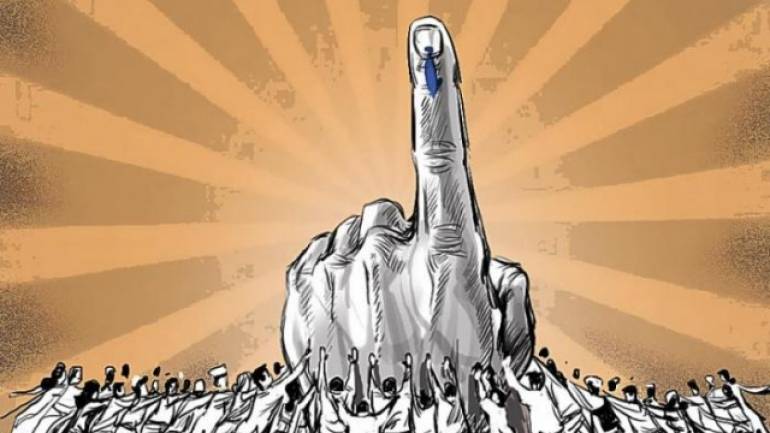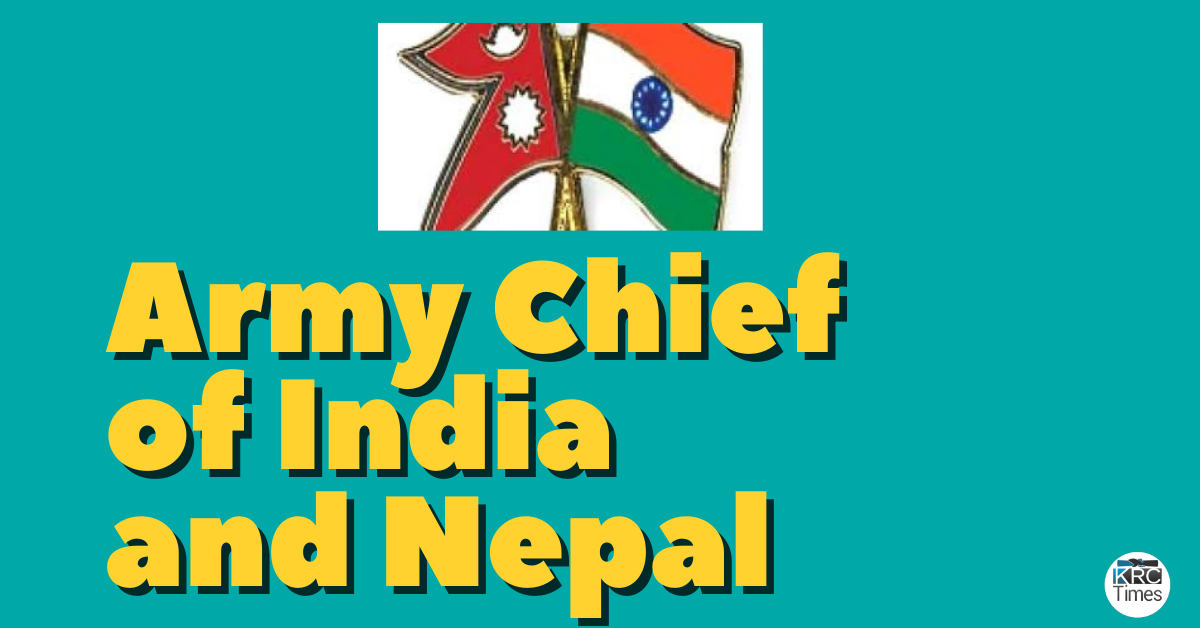The 2019 elections had been a denouement of the intellectuals and liberals.

Demonetisation had hurt the interests of lowest and the weakest, GST had disrupted all business and industry, more particularly the small and tiny sectors, farmers’ had been distressed to led them to suicides, Raffale aircraft purchase had been a massive scam, Balacote air strike was a false claim.
A formidable list of shortcomings and a wide section of analysts and intellectuals felt fall of the BJP was imminent. They contended 2019 was different from 2014.
What then did the trick that the wipe out of BJP turned out to be a formidable tsunami. It was a result overwhelming the 2014 results. Whatever the Elf Liberals and intellectuals claimed, the people at the gross roots level chose the BJP to lead the country for the next five years.
Whatever it was, the 2019 elections had been a denouement of the intellectuals and liberals.
What is noticeable is that the tsunami swept from the extreme west and rippled through the entire north Indian planes to the north-eastern hills. It was as if mimicking the wave of Aryan migration serial thousand years back. Even Bengali Left’s latent claims of exceptional-ism of last five decades had been mere straw in the face of the rising waves.
If you are looking at these developments trying to extricate from here and now, it would appear that he wave is not the “Modi factor” or Amit Shah’ s clever poll calculations. It is the rising spirit of a new conservatism in the country.
This conservative-rightist psychology would be the defining element of Indian politics. It marks a clear departure from the pseudo socialistic strangle hold over the politics of the nation since the days of Nehru. It is the emergence of India on its own, away from that iron-clad frame of imported ideas.
The hiatus between this new India and the old hackneyed ideas of earlier age became clear from the way the country took the poll campaign and their voting. While like pet parrots Lutyen’s Delhi had been talking of Modi splitting up the country, the voting actually demonstrated a curious unanimity. Picking up the cues from the resident intellectuals of New Delhi, leading international media organisations carried cover stories of Modi as divider of the nation.
The results showed a surprise consolidation from divisions in society. Take for example Uttar Pradesh. The SP-BSP combination was thought to be catalyst for capturing the caste divisions of the state. The various castes and sub-castes were the pawns in this political chess game. However, it appeared that the voting was for a party or a person across caste fault-lines. In the end, BJP bagged no less than fifty-eight seats in the state. This might be the precursor to the collapse of the caste based politics and voting on the basis of issues.
What are the outlines of this new conservatism in the wide swathes of north of the Vindhiyas.
Obviously, the fulcrum of this new conservatism is nationalism or “rashtrabad” which was presented in large dollops by the BJP supremo in the wake of the Pakistan attack. People remembered the Mumbai attack and the spineless response of the government of the day. They had expected India to teach a lesson to Pakistan for the outrageous attack in Mumbai.
For a far less incident, though as much regrettable, India’s response to the Pulwama killing had been seen as a fitting reply. It was not much realised at the ground level that the gambit was a high risky venture and could have placed a huge burden on the country. However, these are hardly any considerations which count in the highly emotional issue of nationalism and patriotism.

Secondly, this appears to be a demonstration of a robust self-assertion. The people refused to be swayed much by promises of doles from the government. Rahul Gandhi had promised a scheme for a monthly assured dole of Rs 6,000 per month for every poor family having an income less than a threshold level. The Trinamool Congress government in Bengal had believed in giving only dollops of free money to locality clubs of young men to cycles —which of course needed immediate repairs before riding— to girls. They have turned down the freebies and instead expect free opportunities.
Thirdly, the new conservatism also harks back to the nation’s past. It is conjuring up —rightly or wrongly— a distant past which looks golden and almost a fairy-tale story of a fair and plentiful society. That country of long lost memory is interwoven with the myths legends. A clean Ganga or a re-built Benares are mere components of that mythical world. But they could be an integral part of that story.
Lastly and on a far less elevated level, the new conservatism of the majority had always complained about appeasement of the minority under the earlier Nehruvian framework. This grumble about appeasement was the crucial around which pro-BJP voting across castes and classes in Uttar Pradesh made possible a consolidation of votes. A similar development explains the clear swing away from TMC towards the BJP in Bengal. Of course, the situation had been compounded by the sheer misrule, inefficiency and nepotism of the TMC structure. Whatever happens, the onward march of India’s new conservatism is unstoppable as of this moment. Societies and polities develop aggregate mentality which represents the zeitgeist of a time. We appear to be passing through such tremendous times of transformation.





